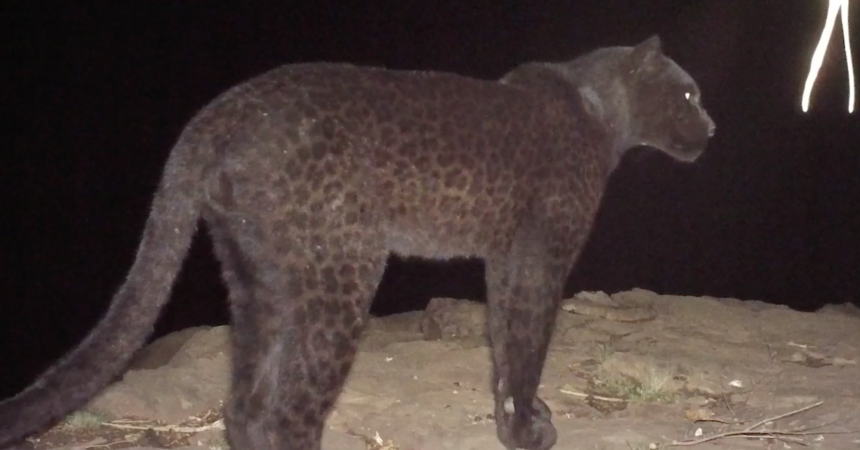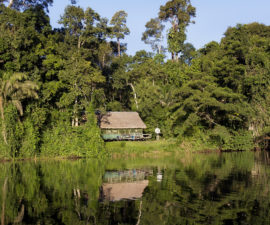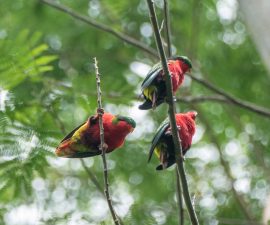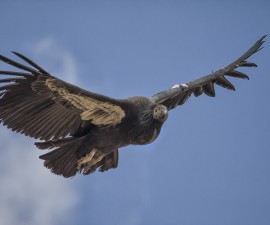San Diego Zoo Global researchers have confirmed the presence of rare black leopards living in Laikipia County, Kenya. Sometimes called black panthers, the melanistic leopards were filmed in Lorok, Laikipia County, Kenya on remote cameras that were set up as part of a large-scale study aimed at understanding the population dynamics of leopards in Mpala and Loisaba Conservancies.
“Regionally we’ve heard reports of black leopards living here in Kenya, but high-quality footage or imagery to support these observations has always been missing,” said Nicholas Pilfold, Ph.D., San Diego Zoo Global scientist. “That’s what we’ve provided here with our cameras, and now we’re able to confirm what has been long suspected about black leopards living in Laikipia County.”
African leopards have the largest range of any subspecies of leopard, yet observations of melanism are rare. Melanism is a gene mutation occurrence where the coat appears completely black in the daytime, but infrared imagery reveals the leopard’s iconic rosette patterns at night.
“I grew up in Koija, which borders Loisaba Conservancy, and elders in my community had told me about black leopards being common in the Laikipia Plateau,” said Ambrose Letoluai, research assistant for the leopard conservation program. “It’s exciting to see black leopards on our cameras—and more research into their melanism is needed, so we can understand why they occur here.”
Previous observations suggest that melanism is more likely to appear among leopards living in densely forested habitats. In these areas, thick forest and additional shade provides a darker background for the leopards’ camouflage. However, the recent sighting of melanistic leopards in the arid environment of Laikipia County presents new questions about the adaptive significance of this trait. The sighting also highlights the importance of developing a conservation program that effectively protects the species in the area.
San Diego Zoo Global is working closely with local partners—including Loisaba Conservancy, Mpala Research Centre, Kenya Wildlife Service, Laikipia County Government and The Nature Conservancy—on a new initiative to track and research leopard populations in the area, with the aim of preserving the species and maintaining healthy ecosystems. The observations of melanism were published in the African Journal of Ecology.
African leopards are listed as Vulnerable on the International Union for Conservation of Nature’s (IUCN) Red List of Threatened Species. Habitat loss and fragmentation, competition for prey, conflict with livestock and farmers, and hunting have reduced the number of leopards throughout Africa, although the total extent of this population decline is still unknown.





